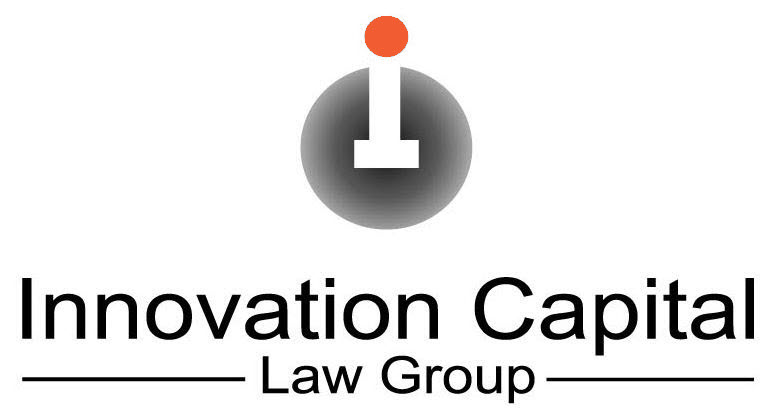Does the USPTO use AI to search prior art?
We know the USPTO uses AI to search design patent apps. Will AI now be used to search utility patent apps as well? Starting in October 2025, the USPTO will begin using AI to search prior art in utility patent applications. For utility patent filers who wish to have an earlier search of prior art before receiving a first Office Action, the USPTO has launched an AI Pilot program. Let’s explore what this ASAP! Program will offer.
Need a strong utility patent? Contact US patent attorney Vic Lin at vlin@icaplaw.com to explore how we can help.
What is the ASAP! Program?
Known as the Artificial Intelligence Search Automated Pilot Program, the USPTO will be offering a limited number of requests to have utility patent applications undergo an AI-assisted prior art search before examination begins.
The prior art search will be conducted using an internal AI tool. These automated prior art searches will be conducted before examiners begin reviewing utility patent applications.
What is the point of a pre-examination search of prior art?
Utility patent applications encounter a high rate of rejection. According to this Yale study, approximately 90% of utility patent applIcation will encounter at least one rejection, known as an Office Action. A little less than 50% of utility patent applications will encounter multiple Office Actions.
A prior art search conducted before examination gives the utility patent applicant knowledge of relevant prior art references before a potential rejection. So how can a utility patent filer use that prior knowledge to their advantage?
What can you do with a pre-examination prior art search?
Armed with knowledge of relevant prior art that might be used by an examiner, you can file a Preliminary Amendment to amend your claims to put them in a better condition before the examiner reviews them.
For example, suppose your utility patent application has an independent claim that includes only 3 features: ABC. A pre-examination prior art search uncovers prior art that includes ABC. You can file a Preliminary Amendment to revise your independent claim to recite, for exampele, ABCD.
While such an amendment will not guarantee that ABCD will be allowed, it will at least save you from the cost and delay of an initial Office Action rejecting ABC.
How many AI search requests will the USPTO grant under the pilot program?
Starting on Oct. 20, 2025, the USPTO plans to accept at least 1,600 requests for AI pre-examination searches. The pilot program will expire on April 20, 2026 or the date that each technology center (TC) accepts at least 200 AI search requests.
The USPTO indicated that they may terminate the AI pilot program at its sole discretion for any reason.
What is the cost of the USPTO AI prior art search?
As of the date of this post, the USPTO fees for an AI pre-examination search for a utility patent application are:
- $450 for a large entity;
- $180 for a small entity; or
- $90 for a micro entity.
How will utility patent examiners react to AI prior art searches?
It remains to be seen how utility patent examiners deal with AI prior art searches? Will examiners be inclined to do lesser or shorter prior art searches knowing that an AI-assisted search had already been condcuted? How likely will utility patent examiners find new prior art beyond the references uncovered in AI searches?
What must you do if an AI prior art search is done?
Everyone who files a US patent application is required to disclose to the USPTO any known prior art that is material to patentability. By conducting a prior art search, whether AI-assisted or not, every US patent applicant must submit an Information Disclosure Statement (IDS) citing the relevant prior art references found.
Failure to do so may jeopardize the enforceability of the resulting patent.


